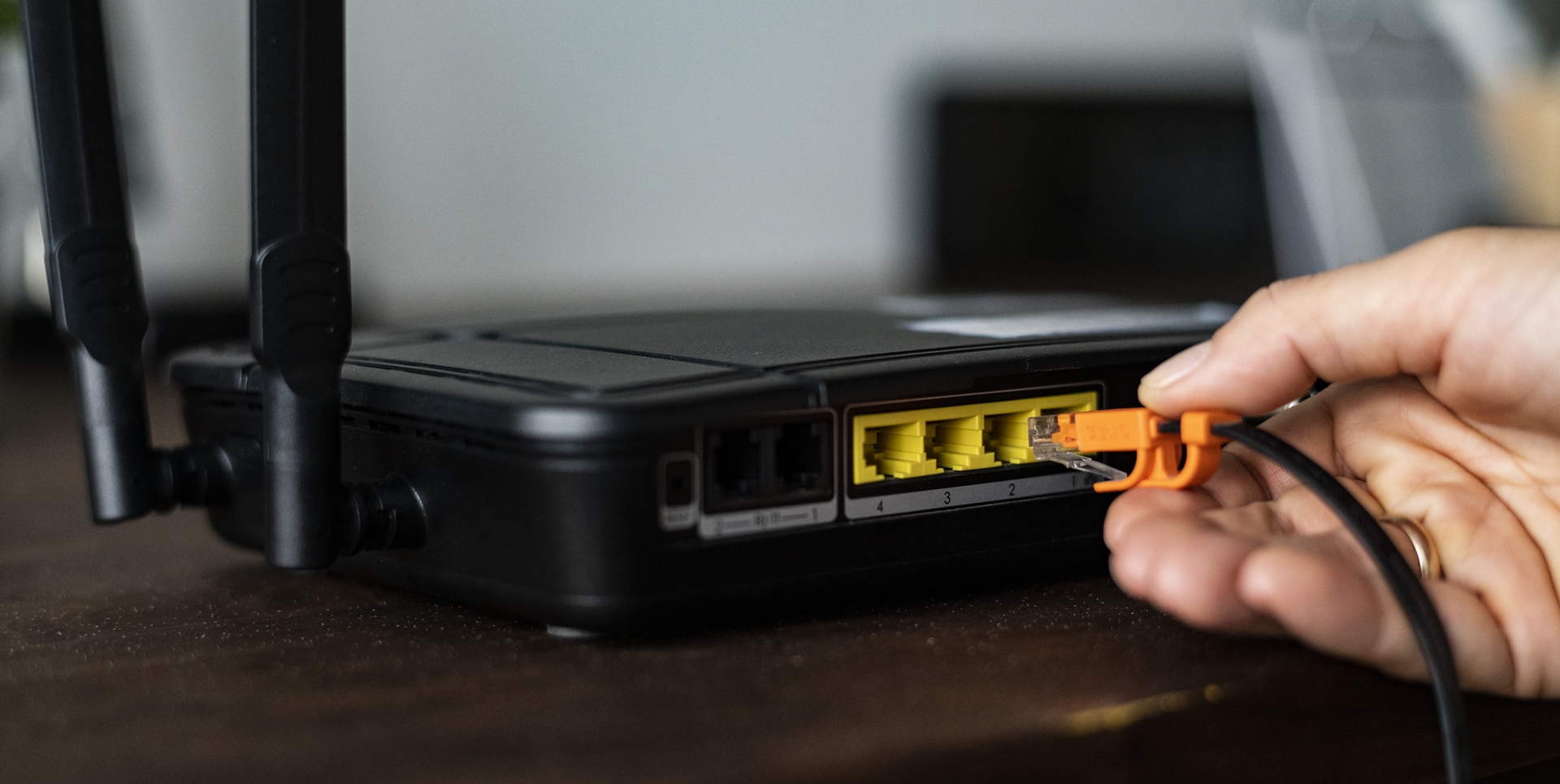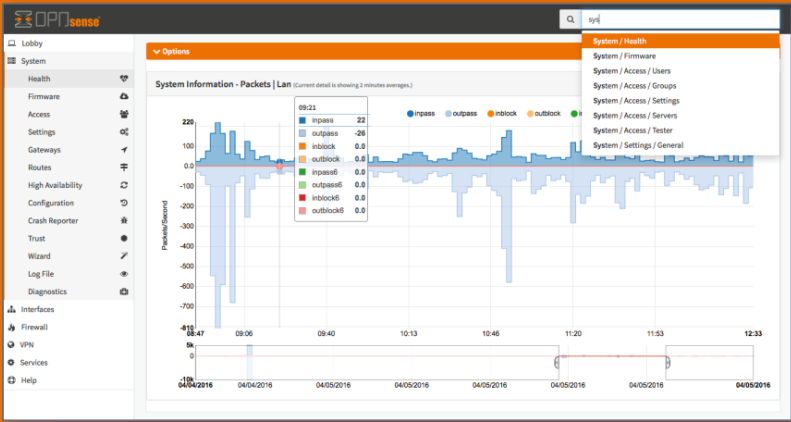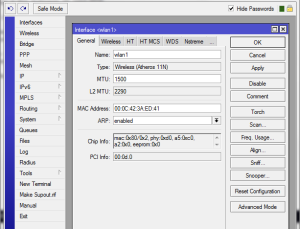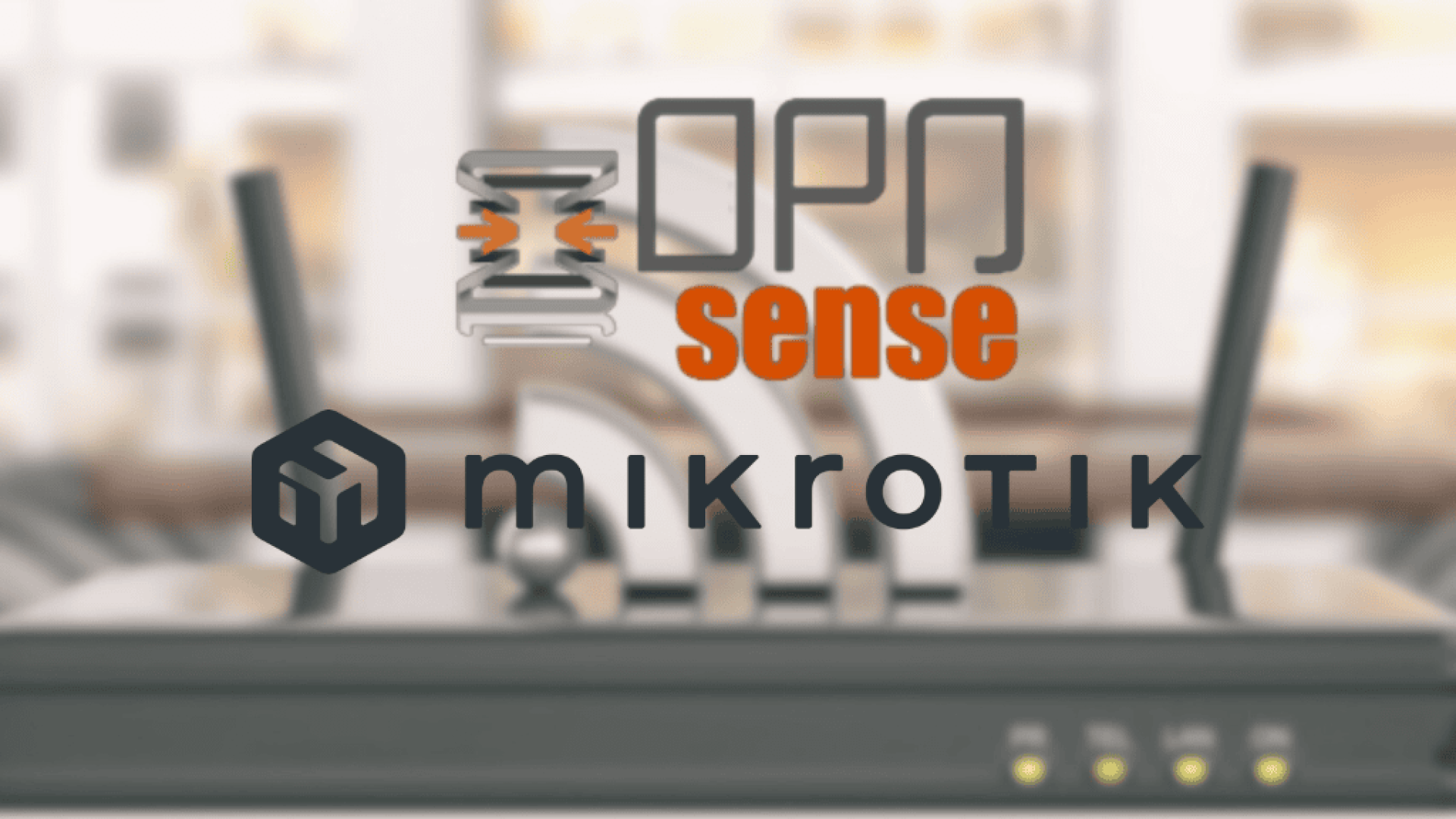In today's digital world, choice appropriate router For a small or medium-sized business, it can be crucial to the performance, security, and stability of the corporate network. OPNsense and MikroTik are two popular solutions often considered by IT professionals when designing network infrastructure. Which one is better for your company? Let's take a closer look at a comparison of both solutions.

What is OPNsense and MikroTik?
OPNsense this open source software firewall and routing based on FreeBSD. It is primarily an advanced firewall with routing capabilities, offering a comprehensive set of security features, including a stateful firewall, traffic shaping, a captive portal, and intrusion detection and prevention systems.
MikroTik is a Latvian company producing networking equipment and the RouterOS operating system. MikroTik is primarily a router with a stateful firewall. RouterOS offers advanced routing, bandwidth management, and network security features, and is also known for its affordable price relative to the features it offers.

Popular OPNsense and MikroTik routers for businesses
Before discussing the differences between OPNsense and MikroTik, it is worth taking a look at the most popular router models offered by both companies:
OPNsense routers:
APU2/APU3/APU4 – The cheapest OPNsense routers, ideal for small businesses.
TLSense J6412 – Popular model with 5 Intel 2.5Gbps ports, Intel Celeron J6412 processor and 4-32GB RAM.
MikroTik routers:
CCR2004-16G-2S+ – High-performance router with 16 Gigabit Ethernet ports and 2 10G SFP+ ports.
CCR2004-1G-12S+2XS – Router with SFP, SFP+ and SFP28 ports (1, 10 and 25 Gbps).
CCR2116-12G-4S+ – 16-core ARM router with 12 Gigabit Ethernet ports and 4 10G SFP+ ports.
CCR2216-1G-12XS-2XQ – Flagship model with 100 Gigabit Ethernet support and L3 hardware offloading.
RB5009UG+S+IN – Compact router with 8 Gigabit Ethernet ports and 1 10G SFP+ port.
The main differences between these routers are the number and type of ports, processor performance, and additional features such as PoE support or hardware routing acceleration.
Hardware and implementation
OPNsense:
• It is hardware independent – can be installed on any computer with x86 or ARM architecture (most computers)
• Requires installation on hardware, which increases initial setup time
• Minimum requirement is 512 MB RAM
• Scalability depends on the hardware selected by the user
MikroTik:
• Offers its own routers with RouterOS pre-installed
• Ready-to-use devices with minimal initial setup
• Available in various configurations – from simple models for small offices to advanced solutions
• Excellent value for money equipment
User interface and ease of use
OPNsense:
• Modern web interface with multilingual support and built-in help
• Easier to understand and more intuitive for novice administrators
• Well organized, with quick search function
• “Holds your hand” during setup
MikroTik:
• It has a WinBox management tool and a web and CLI interface
• The interface is more basic but very detailed
• More difficult to master, but more flexible for advanced users
• The dynamic nature of WinBox is appreciated by many administrators


Is OPNsense easier to configure than MikroTik?
Overall, OPNsense is considered easier to configure than MikroTik:
User interface: OPNsense has a more intuitive web interface that "holds your hand" during configuration.
Organizing your settings: OPNsense has a better organized menu and a quick search feature.
Documentation: OPNsense offers more accessible documentation for new administrators.
CLI configuration: MikroTik requires more knowledge command line, which may be more difficult for less experienced users.
Learning curve: OPNsense has a gentler learning curve, making it more user-friendly for new users.
What are the main differences between OPNsense and Mikrotik in terms of security?
OPNsense and MikroTik differ significantly in their security features:
Advanced firewall features: OPNsense offers more advanced firewall features, including an intrusion detection and prevention system (IDS/IPS) based on Suricata.
Content filtering: OPNsense provides improved website and content filtering capabilities.
Deep Packet Inspection: OPNsense enables more advanced network traffic analysis.
Security updates: Both systems receive regular updates, but OPNsense often responds faster to new threats.
Geo-blocking: OPNsense offers easier-to-configure traffic blocking based on geographic location.
Routing and Firewall Features
OPNsense:
• Stateful firewall with grouping of rules by category
• Intrusion Detection and Prevention System based on Suricata
• ET Open rules support
• Flexible traffic shaping
• GeoLite Country Aliases and Database
• Proxy with website filtering
• Capture portal with voucher support
MikroTik:
• Support for advanced routing protocols (OSPF, BGP, MPLS)
• Stateful firewall
• Traffic shaping and bandwidth management
• EoIP (Ethernet over IP) – a unique MikroTik feature
• Support for various wireless technologies
• Less advanced firewall features compared to OPNsense

VPN capabilities
OPNsense:
• Wide range of VPN technologies: OpenVPN, IPsec, WireGuard
• Support for two-factor authentication
• OpenVPN client exporter for quick setup
• Better scaling for large VPN implementations
MikroTik:
• Supports basic VPN protocols: PPTP, L2TP/IPsec, OpenVPN
• Easier configuration of basic protocols
• Suitable for smaller VPN deployments
• Less advanced configuration options compared to OPNsense
Performance and stability
OPNsense:
• Performance depends on selected hardware
• Can handle gigabit traffic with multiple firewall rules
• In virtualized environments it may show slightly lower stability
• May be more resource-intensive when fully loaded
MikroTik:
• Known for its high stability and reliability
• Optimized for its software, ensuring good performance
• Performance may degrade as the number of firewall rules increases
• Energy efficient – can operate for hours on a simple UPS power supply

Implementation and maintenance costs
OPNsense:
• Free, open-source software
• The costs mainly include the equipment on which it will be installed
• No license fees
• Free community support lowers total cost of ownership
• May require improved hardware components for optimal performance
MikroTik:
• Good value for money
• Lower costs compared to competitors for similar functions
• RouterOS system pre-installed on devices
• Lower energy consumption translates into lower operating costs
• No need for additional licenses for basic functions
What are user opinions about OPNsense and MikroTik?
User opinions on both systems vary:
OPNsense:
• Praised for its ease of use and intuitive interface.
• Appreciated for its advanced security features.
• Some users report stability issues, especially in virtualized environments.
• Considered a better choice for companies needing an advanced firewall.
MikroTik:
• Appreciated for its stability and reliability.
• Users praise the value for money.
• Appreciated for its flexibility and configuration options.
• Some people find the interface more difficult to master.
• Preferred by users who value routing control and efficiency.
In summary, the choice between OPNsense and MikroTik depends on the specific needs of the company, the technical expertise of the IT team, and the security and network functionalities.
Ubiquiti Networks as an alternative
Ubiquiti Networks is a company that offers a wide range of networking products that are interesting alternatives to both OPNsense and MikroTik. Here are some key aspects to consider:
UniFi Ecosystem
Ubiquiti is known for its UniFi ecosystem, which offers integrated networking solutions. It includes routers, switches, Wi-Fi access points, and security cameras, all managed from one central interface.
Ease of use
Ubiquiti products, especially the UniFi line, are known for their intuitive interface and ease of setup. This is often cited as an advantage over MikroTik’s more technical approach.
Performance and stability
Ubiquiti devices such as the UniFi Dream Machine (UDM) offer high performance and stability. The UDM is particularly praised for its ability to handle high-bandwidth connections and its built-in security features.
Design and aesthetics
Ubiquiti places great emphasis on the design of its products. The devices are often compared to Apple products in terms of aesthetics, which can be attractive to users who value the appearance of their equipment.
Scalability
Ubiquiti solutions are scalable, meaning they can be easily expanded as the needs of the company grow. This is especially evident in the ability to add additional access points or switches to the existing infrastructure.
Price and value
Although Ubiquiti products are not the cheapest, they are often perceived as offering good value for money, especially when compared to enterprise-class solutions.
When choosing between OPNsense, MikroTik and Ubiquiti, it’s worth considering your company’s specific needs, the level of customization required, and your preferred network management approach. Ubiquiti may be particularly appealing to companies that value ease of use and integrated solutions without sacrificing advanced network features.

Which one to choose? – recommendations for different types of companies
For small businesses (up to 10 employees):
• MikroTik will be a better choice due to its ease of implementation, lower cost, and sufficient functionality for basic networking needs.
For medium-sized companies (10-50 employees):
• OPNsense if security and advanced firewall features are your priority
• MikroTik if performance, simplicity of setup and lower total cost are more important
For companies with their own IT specialists:
• OPNsense will provide greater flexibility, deeper security configuration options and better scalability
For companies without a dedicated IT team:
• MikroTik will be easier to use thanks to ready-made solutions "out of the box" and lower maintenance requirements
OPNsense is primarily an advanced firewall with routing capabilities. It is ideal for companies that prioritize security, need advanced network protection features, and have technical staff that can support a more complex system.
MikroTik it is mainly a router with firewall functions, offering excellent value for money. It is a great choice for companies looking for a reliable, ready-to-use solution with simpler setup and lower total cost of ownership. To learn more about MikroTik (its management, installation and configuration) go to our previous article at the link below: https://prosteit.pl/mikrotik-routeros-przekierowanie-portow-na-routerze
As one user of both systems says, "MikroTik if you need a router; OPNsense if you need a firewall."
Our company specializes in the selection, installation and configuration of network solutions for small and medium-sized companies. Our specialists will help you choose the most appropriate solution - whether OPNsense or MikroTik - depending on the specific needs of your company. We offer comprehensive services including requirements analysis, equipment selection, installation, configuration and subsequent technical support. Contact us to learn more about our services and start cooperation!





